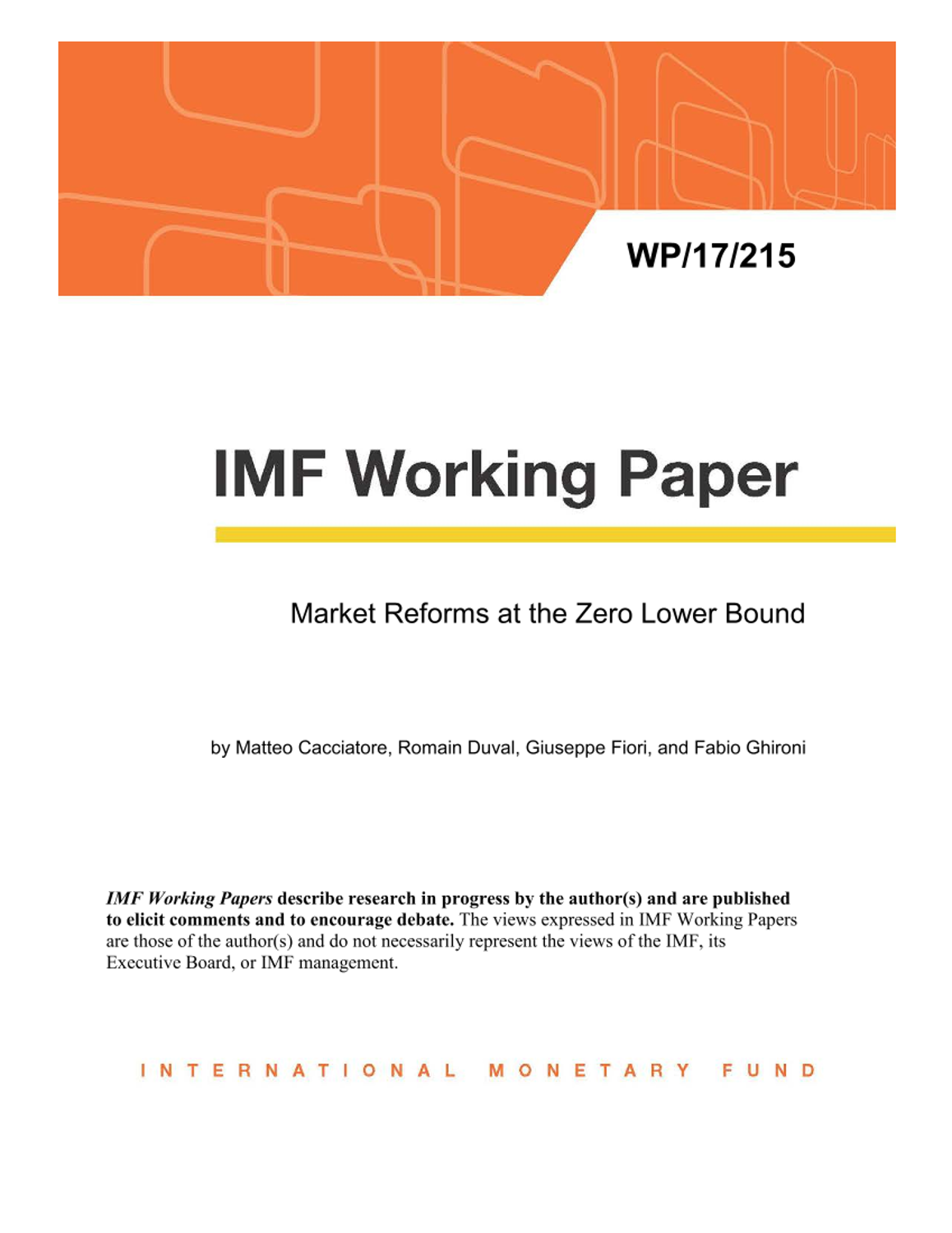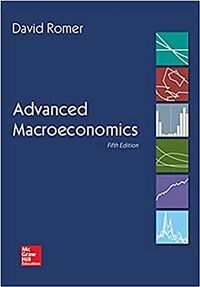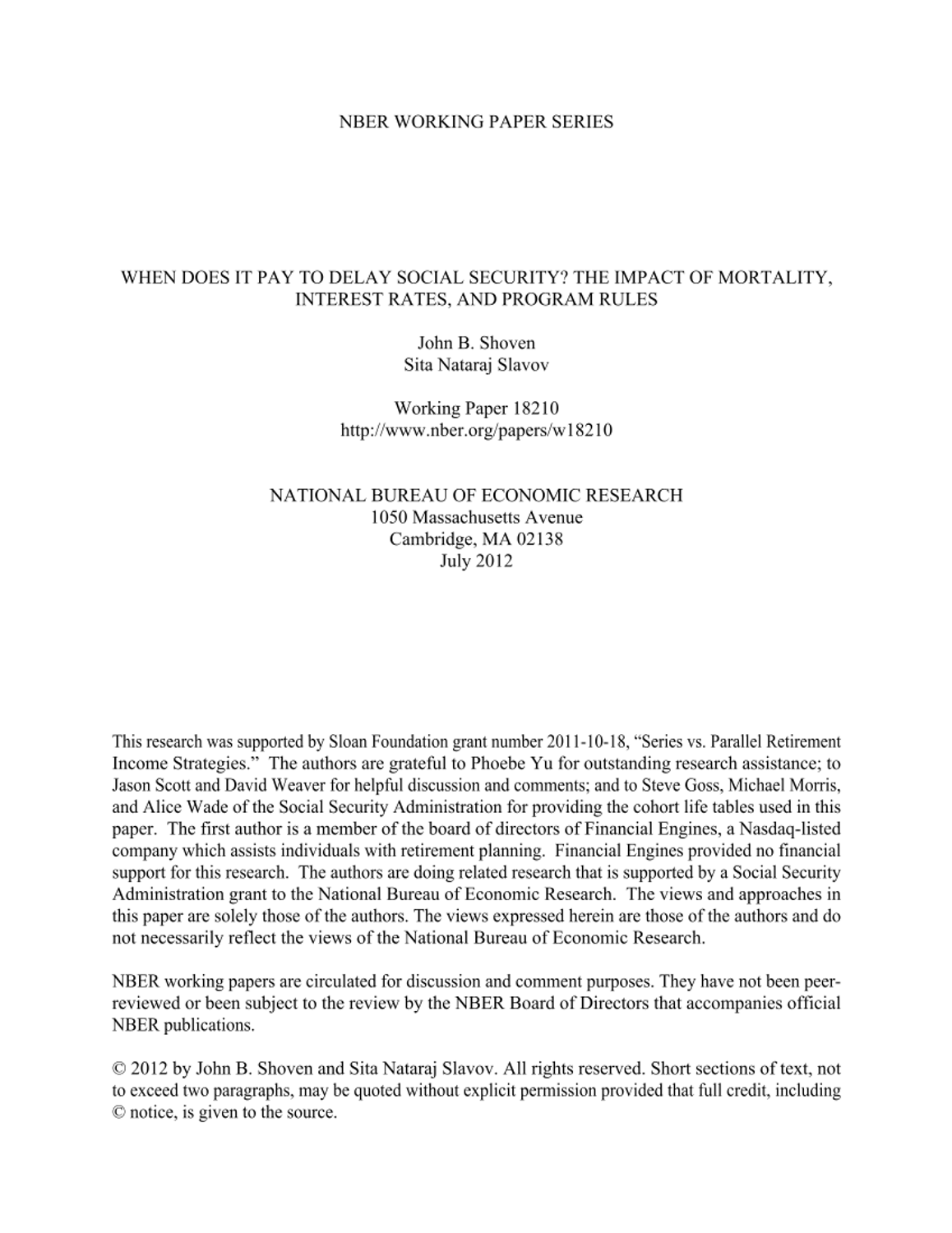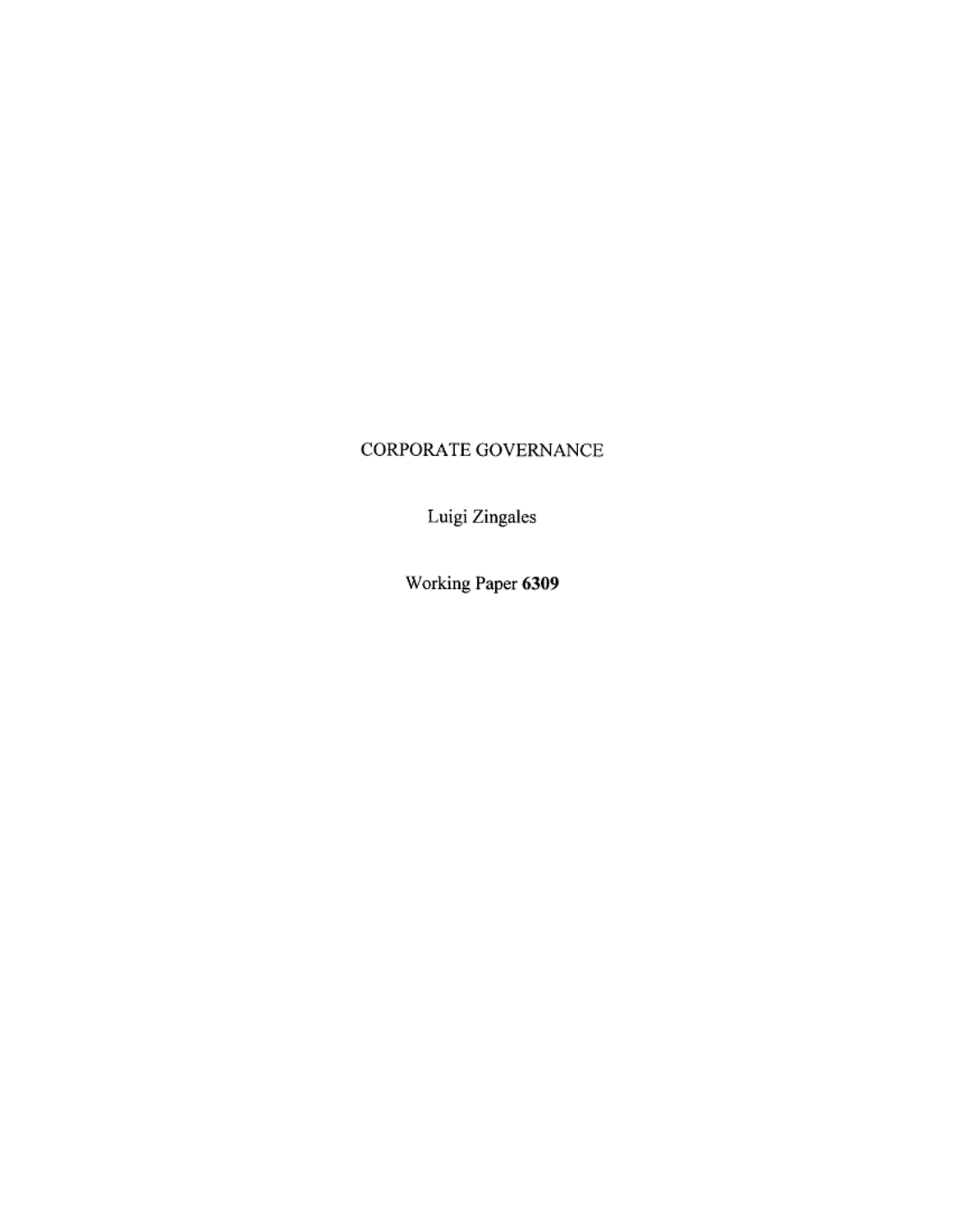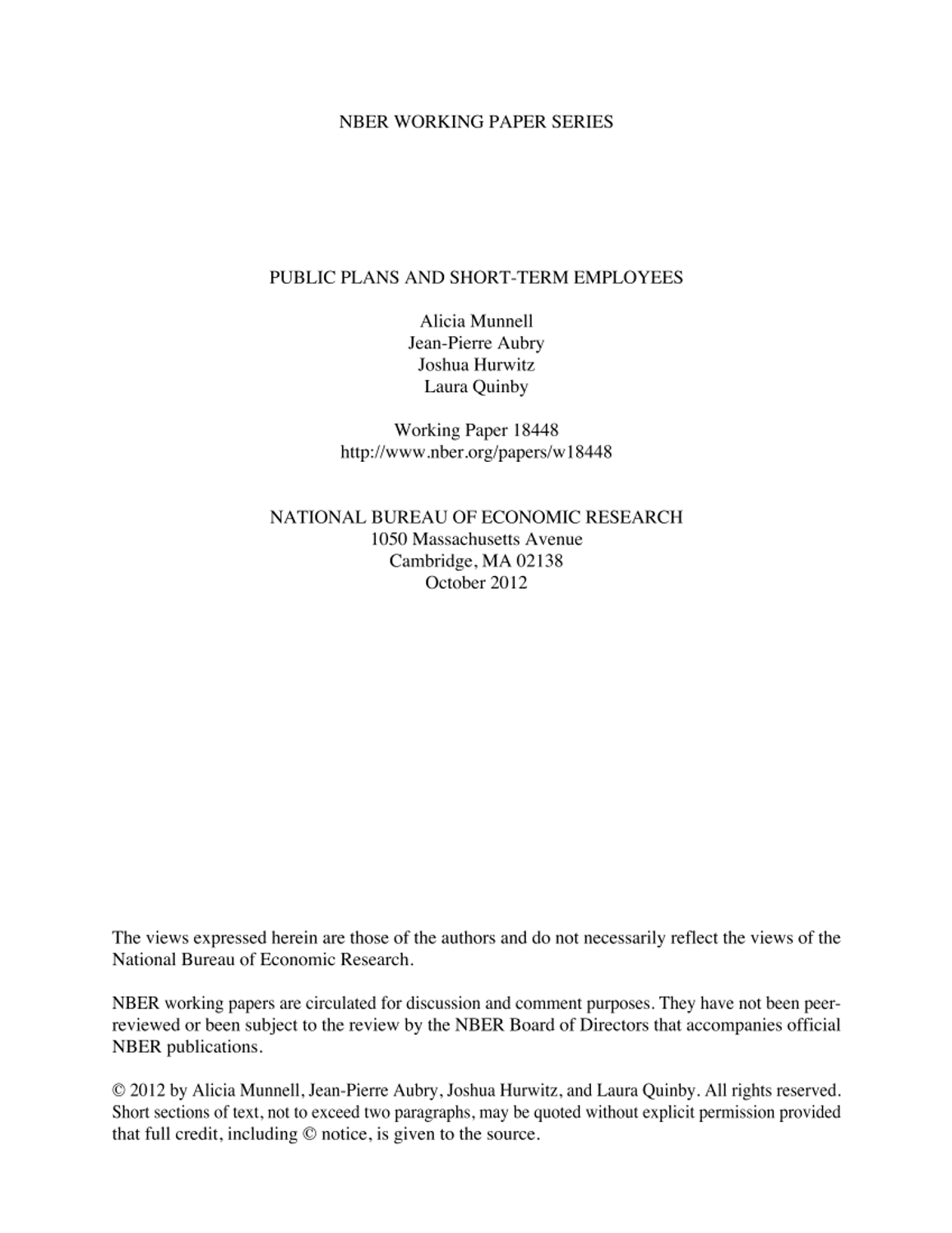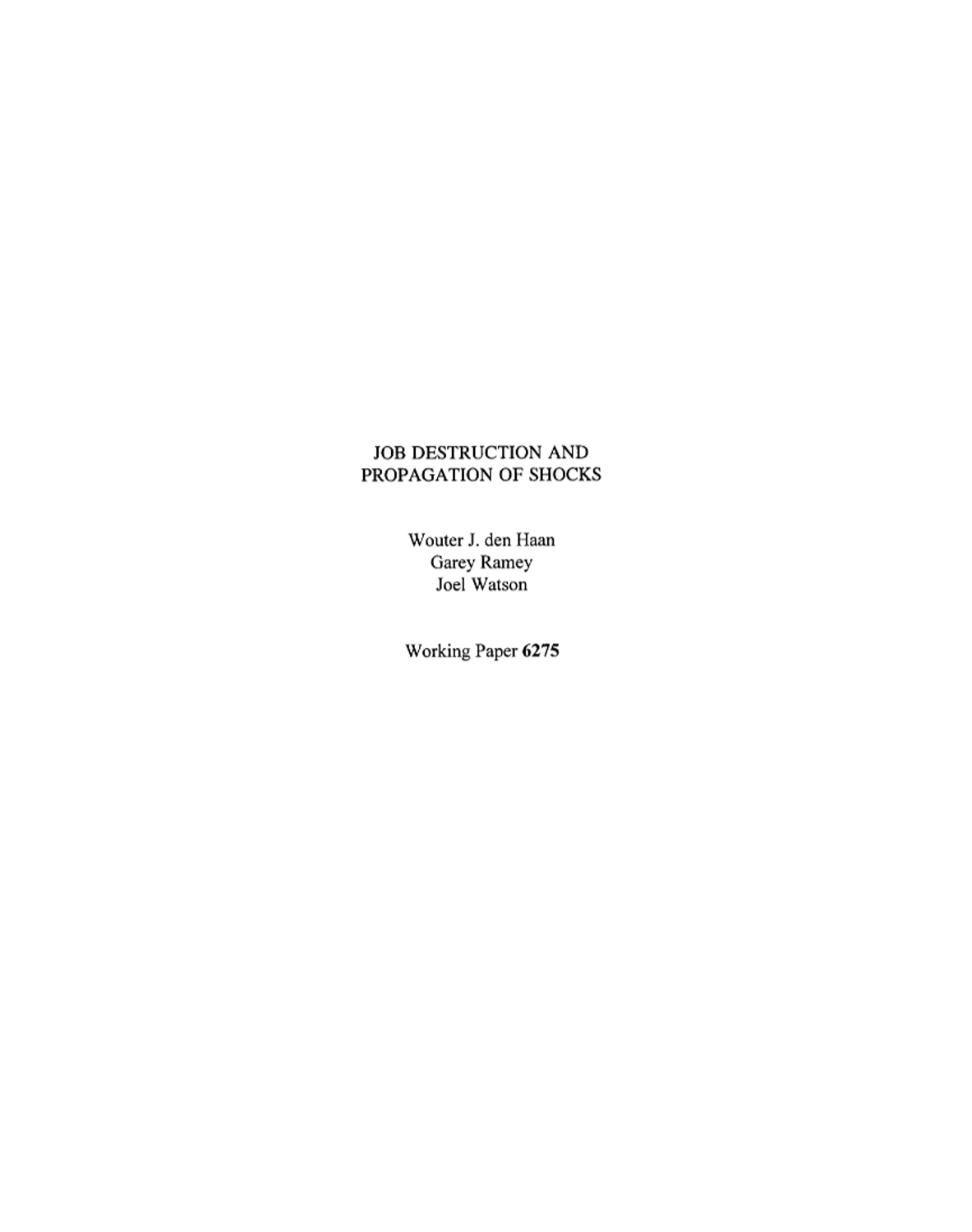단행본IMF Working Paper 17-215
Market reforms at the zero lower bound
- 청구기호
- WP 17-215
- 발행사항
- Washington, D.C. : IMF, 2017
- 형태사항
- 65 p. :. PDF file ;. 18 MB
- 분류기호
- 듀이십진분류법->WP
소장정보
| 위치 | 등록번호 | 청구기호 / 출력 | 상태 | 반납예정일 |
|---|---|---|---|---|
이용 가능 (1) | ||||
| E0002808 | 대출가능 | - | ||
이용 가능 (1)
- 등록번호
- E0002808
- 상태/반납예정일
- 대출가능
- -
- 위치/청구기호(출력)
책 소개
This paper studies the impact of product and labor market reforms when the economy faces major slack and a binding constraint on monetary policy easing. such as the zero lower bound. To this end, we build a two-country model with endogenous producer entry, labor market frictions, and nominal rigidities. We find that while the effect of market reforms depends on the cyclical conditions under which they are implemented, the zero lower bound itself does not appear to matter. In fact, when carried out in a recession, the impact of reforms is typically stronger when the zero lower bound is binding. The reason is that reforms are inflationary in our structural model (or they have no noticeable deflationary effects). Thus, contrary to the implications of reduced-form modeling of product and labor market reforms as exogenous reductions in price and wage markups, our analysis shows that there is no simple across-the-board relationship between market reforms and the behavior of real marginal costs. This significantly alters the consequences of the zero (or any effective) lower bound on policy rates.
목차
1. Introduction 3
2. The Model 7
3. Monetary Policy 22
4. Calibration 24
5. Market Reforms in Normal Times 27
6. Market Deregulation at the Zero Lower Bound 31
7. Conclusions 35
References 35
Tables
1. Model Equations 41
2. Calibration 42
Figures
1. Reduction in Barriers to Entry 43
2. Reduction in Firing Cost 44
3. Reduction in Unemployment Benefit 45
4. Joint Deregulation 46
5. Productivity Effects of Market Reforms 47

